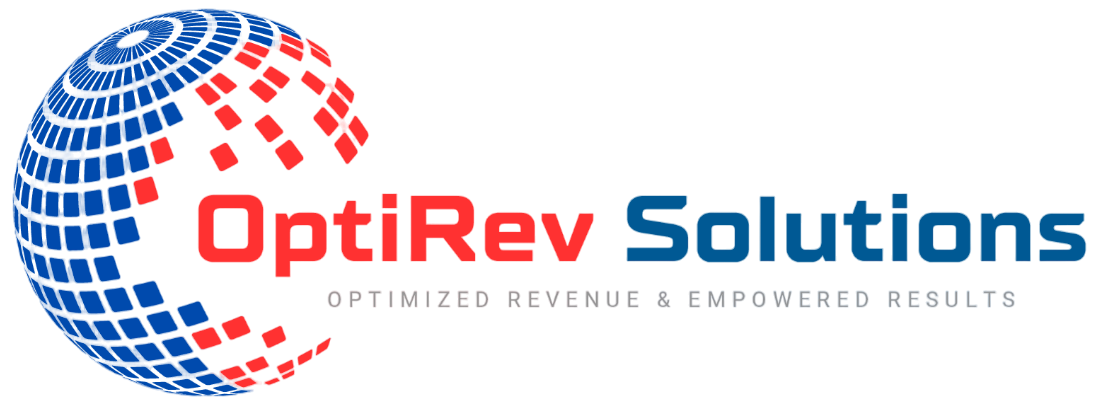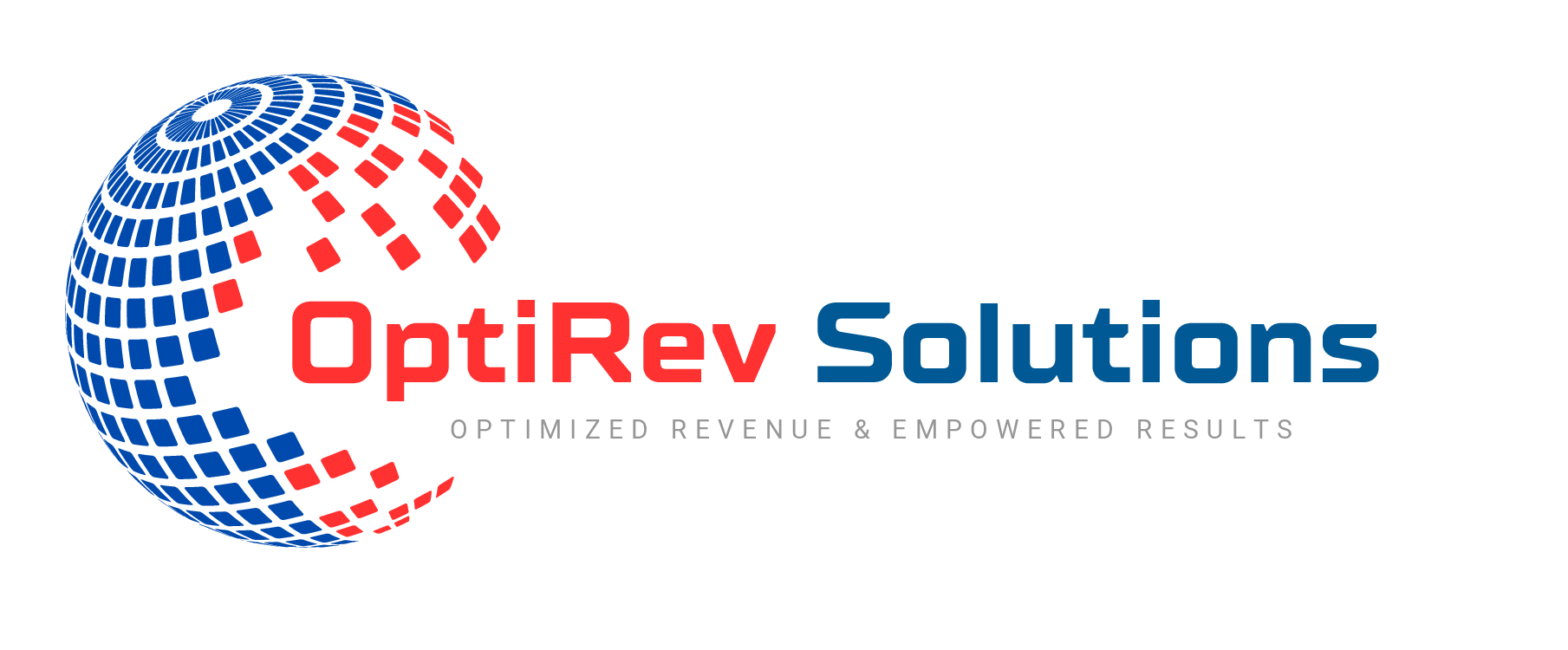Emerging Trends in Healthcare Revenue Cycle Management and Payer Services
The healthcare industry is evolving rapidly, with technological advancements and regulatory changes shaping the landscape of Revenue Cycle Management (RCM) and Payer services. To stay ahead, healthcare organizations must adapt to these emerging trends that are revolutionizing financial operations and payer-provider interactions.
1. Artificial Intelligence (AI) and Automation
AI and automation are transforming RCM by streamlining processes such as claim submissions, eligibility verification, and payment posting. AI-powered predictive analytics help identify claim denial patterns, reducing errors and improving reimbursement rates. Additionally, Robotic Process Automation (RPA) enhances efficiency by automating repetitive administrative tasks.
2. Generative AI (GenAI) for Revenue Optimization
GenAI is revolutionizing revenue cycle processes by generating accurate documentation, automating coding, and enhancing decision-making. By leveraging natural language processing (NLP), GenAI ensures more precise claim submissions and minimizes revenue leakage, ultimately improving financial outcomes.
3. Data-Driven Decision Making
Healthcare organizations are increasingly relying on big data and analytics to optimize revenue cycle performance. Advanced analytics provide real-time insights into key financial metrics, enabling proactive decision-making, reducing denials, and improving collections.
4. Enhanced Patient Financial Experience
With the rise of high-deductible health plans, patients are taking on a greater share of healthcare costs. Providers are implementing patient-friendly payment options, such as transparent pricing, flexible payment plans, and digital payment solutions, to enhance the patient financial experience and improve collections.
5. Regulatory Compliance and Security
Compliance with evolving regulations, such as HIPAA, CMS guidelines, and interoperability standards, is crucial. Healthcare organizations are prioritizing cybersecurity measures to protect sensitive patient data while ensuring compliance with payer requirements.
6. Value-Based Reimbursement Models
The shift from fee-for-service to value-based care is reshaping RCM strategies. Providers and payers are focusing on quality outcomes, efficiency, and preventive care, requiring new financial models and reimbursement methodologies to align incentives.
7. Interoperability and Integration
Seamless data exchange between providers, payers, and third-party vendors is critical for efficient revenue cycle operations. Interoperability solutions, such as API-driven integrations and EHR connectivity, enhance communication and streamline workflows, reducing administrative burdens.
8. Outsourcing RCM Services
With increasing complexities in healthcare billing and compliance, many providers are outsourcing RCM and payer services to specialized firms. Outsourcing helps reduce operational costs, improve accuracy, and ensure compliance with evolving industry standards.
Conclusion
As the healthcare industry continues to evolve, staying ahead of these trends is essential for providers and payers seeking to optimize financial performance and operational efficiency. Leveraging AI, automation, data analytics, and regulatory compliance strategies will drive the future of Revenue Cycle Management and Payer services, ultimately benefiting both healthcare organizations and patients





